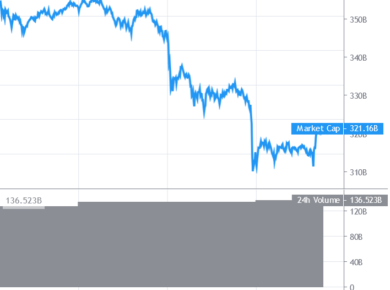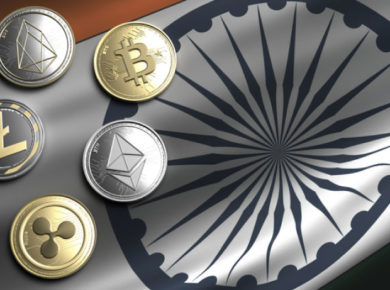China’s forthcoming digital yuan may not be set to make a mark on the international monetary scene after all – and could, at least initially, be limited to domestic user-cases, experts have stated.
The stakeholders, including Michael Sung, the founder of CarbonBlue Innovations, were speaking at a session entitled “Contest of the Century? Geopolitical Impacts of China’s Digital Yuan” at the Coindesk’s Consensus digital summit today. And while Sung and others claimed that the token was likely to find uses in Hong Kong, Macao, and other territories near the Middle Kingdom, the token was not intended as a quick fix to the dollarization of China’s trade deals.
Sung, when asked if the digital yuan could be used outside China in trade settlements, noted that the “official position” of the central People’s Bank of China (PBoC) was that the token would be for “domestic” and Mainland purposes.
However, he underlined the significance of the fact that the digital yuan pilot has now been extended to the Pearl River Delta and the Guangdong-Hong Kong-Macau Greater Bay Area, which encompasses both Hong Kong and Macao. He added that “there is planning” for the “extension” of the digital CNY “across borders,” although this was “mostly” being done with a view to facilitating “Chinese tourists” in “overseas locations.”
He also said there were “interesting developments” in play, namely the fact that the PBoC has sought to join wholesale settlement platforms with international partners – with “a blockchain-powered ecosystem” helping “possible internationalization.”
Rather than seek to convince trade partners to conduct trade deals in the digital CNY, Sung claimed that Beijing appears keen to foster “bridges” including the Hong Kong Monetary Authority-led mCBDC Bridge platform, with central bank participation between China, the United Arab Emirates, Hong Kong and Thailand.
He added that such initiatives could “allow central banks to clear and settle with one another” with no third-party participation from protocols like SWIFT – and possibly with no need for “third currencies” like the USD.”
He added that such platforms “could [make use of] fees, but said these would be “lower in magnitude” than current settlement tools” with “no need for correspondent banks,” allowing transactions that were “in end-to-end digital form.”
Sung concluded that Beijing appears to be on track with its plans to make a showpiece commercial launch at the Winter Olympics in the capital early next year, claiming that the event “could be a good stress test” for the digital yuan.
Zou Chuanwei, the chief economist at Wanxiang Blockchain, agreed that it was impossible to “rule out the possibility of cross-border uses” for the new token, but “initially only in China and territories close to China.”
Zou added:
“Big structural issues are not going to be offset just because of the introduction of a new digital currency.”
Fanusie added that the PBoC appears keen on “inserting itself more into China’s payment architecture.”
He also said that the digital yuan would “give China more leeway in economic retaliation” scenarios:
“Imagine if […] foreign companies [operating in China] were required to [use the digital CNY] for retail transactions. Might it then be easier to cut off transactions to them or to companies from countries that had a political dispute with China?”
And on the topic of central bank digital currency (CBDC) adoption elsewhere in the world, he opined that there was evidence that in international CBDC discussions, there was “some FOMO“ driving progress, with wider “concern over dollarization and crypto” driving CBDC efforts in a bid to “keep [states’] monetary sovereignty.”
____
Learn more:
– Does Digital Yuan Threaten Global Stability?
– Digital Yuan Gets a ‘Lackluster’ Welcome at Biggest Test Site
– Poland Should Introduce CBDC To Protect Its Economy – Stock Exchange CEO
– Bahamas, Cambodia, China Lead Global CBDC Race, UK Launches Taskforce
– Prepare For ‘Uncertain Future of Money’ – US Intelligence Center
– Economists: CBDCs to ‘Flop’ if They Aren’t Designed as Stores of Value
– 2021 Trends in CBDCs: More Pilots, Maybe Some Launches, But Not For Retail











